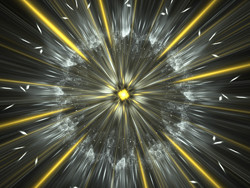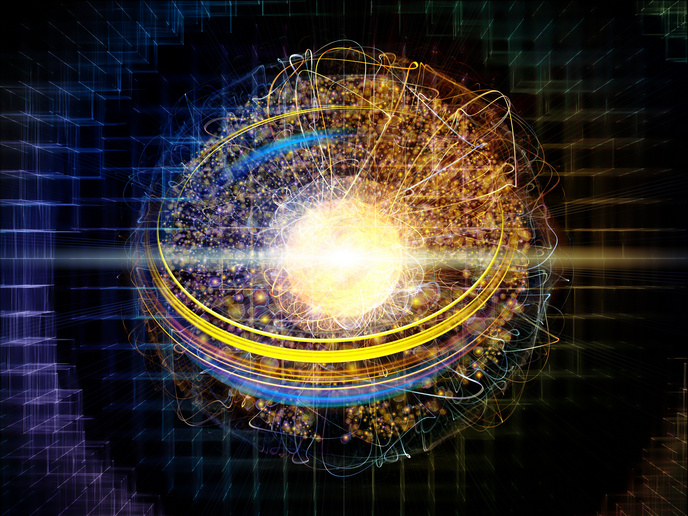Quantum simulations with ultracold atoms
The presence of impurities is one of the most interesting and fundamental problems in many-body physics. In solids, a well-studied case is an impurity coupled to crystal lattice vibrations. The impurity and accompanying lattice distortion form a new entity, known as a polaron. This quasi particle plays an important role in the spectral density of superconductors and the high magnetoresistance of manganites. Research carried out in the EU-funded project 'Interactions between polarons in polarized Fermi gases' (INTERPOL) focused on mobile impurities that form Fermi polarons. The interaction of polarons is still a debated problem at the limit of two other problems in many-body quantum physics: Bose–Einstein condensates and Bardeen–Cooper–Schrieffer superfluids. The INTERPOL scientists studied the properties of impurities moving through an interacting Fermi gas. A Fermi gas consists of a large number of fermions having the same spin. When atoms with opposite spin were added to such an ideal Fermi gas they interacted with fermions, resulting in an interacting Fermi gas. Numerical simulations revealed that the presence of impurities also modified the density distribution in the surrounding Fermi gas in a spherically symmetric way. This observation led INTERPOL scientists to the conclusion that polarons are spatially extended quasiparticles. Furthermore, it suggested long-range interactions between polarons. At the limit where the interactions between impurities and fermions were weak, the INTERPOL scientists used mathematical methods of the perturbation theory. These allowed them to obtain analytical expressions for the energy and effective mass of moving polarons. The results will offer the starting point for generalising the approach adopted to moving impurities that ultimately collide. To examine their validity, experiments will be carried out where quasi-monochromatic beams of Fermi polarons can be created and investigated with radio frequency spectrometry. The theoretical results validated against experiments are expected to apply to superconductors and magnets, allowing scientists to address fundamental questions of quantum physics.




